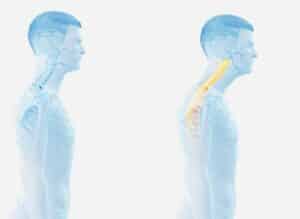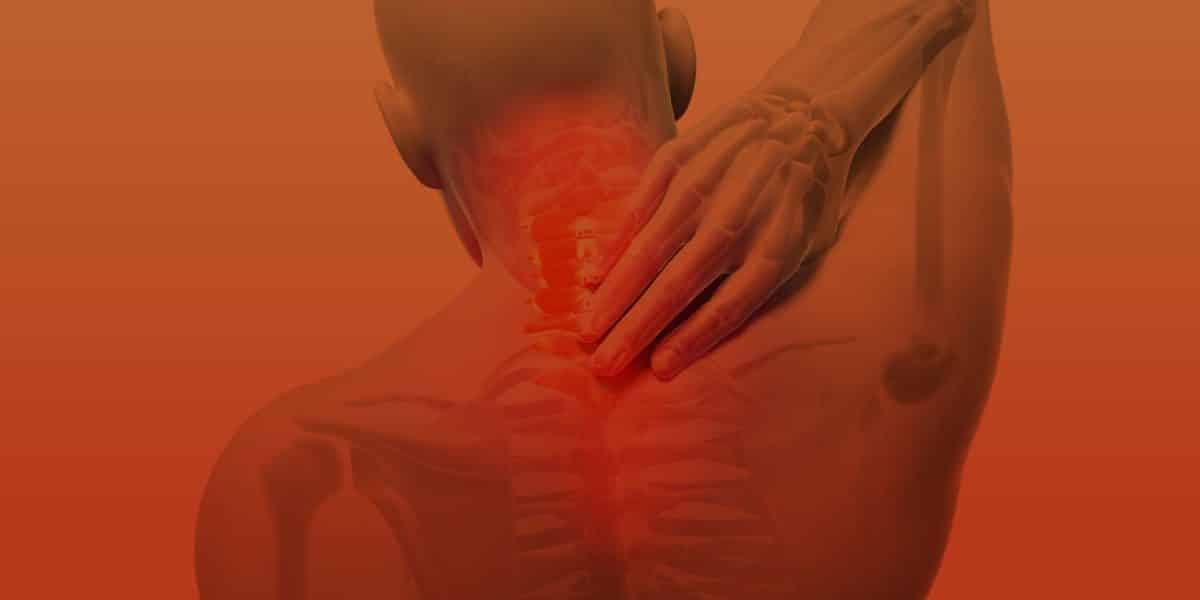By Sumaiya Farheen and Andrew Siyabalawatte, July 2023.
How Much Does Your Head Weigh?
The average human head weighs around 5kg or 11lbs. It is the weight of a bowling ball. In our opinion, the weight of the head is the single most significant predisposition to neck and back pain. The neck and the rest of the spine has to balance the weight of the head (not forgetting the added weight of gravity and your environment to the equation) throughout the day until it finally hits the sack.

Is it Possible For Your Head To Be Too Heavy?
No not really. Even if there is a genetic predisposition i.e. Marcrocephaly (large head due to large brain), it is not certain that this condition would culminate to a heavier head.
Text Neck
What does texting do to the spine? several studies suggests that looking down at a cell phone is the equivalent of placing a 60-pound weight on one’s neck.

Forward Head Posture

Forward head posture (FHP) occurs when a person leans their head forward, out of the neutral alignment (plumb line) with their spine. FHP usually develops in those that sit at a desk and look at a computer screen. The constant load on the neck becomes too much for the small muscles trying to stop the head from dropping. It is no wonder they get tired, especially as they have to do this day in day out for numerous years. It becomes a habit.
FHP can cause neck pain, stiffness, an unbalanced gait, and other side effects. It’s also often associated with rounded shoulders, which usually occurs when the middle spine (thoracic) becomes kyphotic (hunchback, roundback).
Neck Exercises
The good news is that a combination of stretching and strengthening exercises along with the awareness of your posture on a daily basis, will help manage the weight of your head and therefore restore better posture.
Chin Tuck
Chin tucks are one of the key exercises we recommend for keeping the head aligned above the spine, rather than let it drift forward into poor posture. When done regularly and with proper form, chin tucks can help improve the neck’s strength, flexibility, and function.
Two Tips
1.Make sure to move your neck around a little every day, so that the joints in the neck go through their full range of motion. You would be surprised how little the head and neck moves around when sitting at the computer screen.
Regular movement will ensure the structures (discs, joints, nerves, ligaments) in the neck do not get continuously squashed together.
2. Be aware of your head posture when using your mobile phone or computer screen. Raise your phone or screen up so your eyes are looking straight at it.
It seems obvious, but by lifting the screen and moving your eyes to look at it instead of bending your neck, It will prevent excess pressure through the neck, which will limit the chances of developing bad posture and neck pain in the short and long term.
If you are concerned about your posture, and you need guidance, do not hesitate to book a visit to see us. At Back To Health Wellness, we offer chiropractic, osteopathy, massage, physiotherapy and more. We will advise the best course of action to help you achieve your goals.

